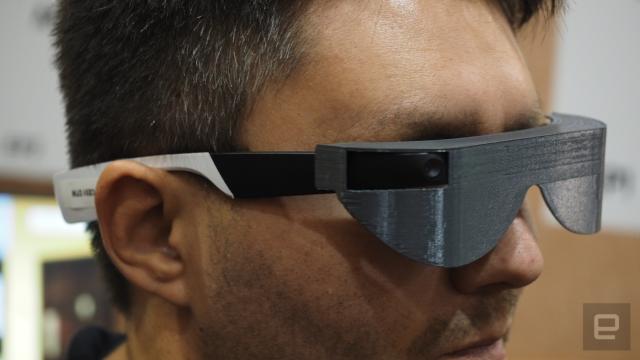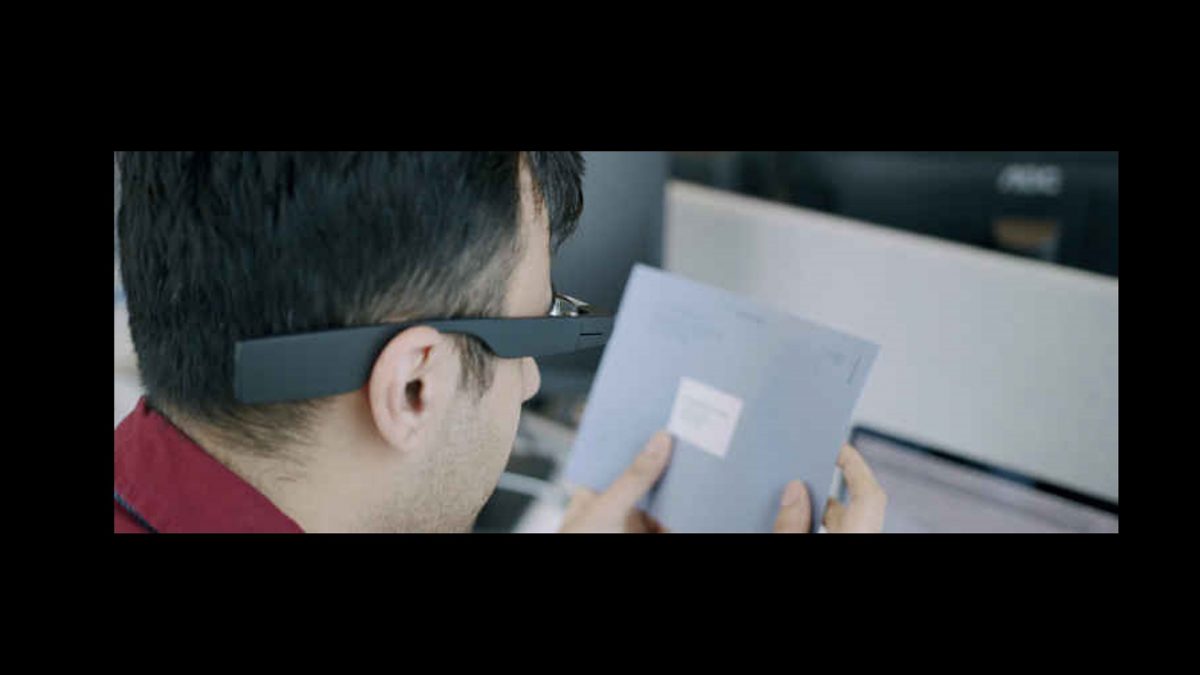Speech-to-Text Devices for Low Vision Users: Enhancing Communication and Productivity
Speech-to-Text Devices for Low Vision Users: Enhancing Communication and Productivity
Blog Article
Discover Advanced Assistive Devices for Individuals With Aesthetic Problems
The landscape of assistive modern technology for individuals with visual problems is developing quickly, presenting a series of innovative tools that boost autonomy and engagement (Braille displays and notetakers). From wise glasses that seamlessly merge aesthetic input with acoustic guidance to innovative navigation applications that redefine spatial understanding, these devices are improving opportunities. Additionally, the current advancements in Braille innovation and voice-activated systems considerably add to availability. The ramifications of these advancements extend far beyond simple performance; they challenge conventional understandings of special needs and freedom. What might this imply for the future of addition and assistance?
Smart Glasses Innovations
Smart glasses stand for a substantial development in assistive modern technology for people with visual impairments. Equipped with sensors and cams, smart glasses can catch real-time visual details, which is then processed and shared to the individual with audio feedback or haptic sensations.
Furthermore, developments in fabricated knowledge have actually additionally enhanced the abilities of clever glasses. Machine discovering algorithms can identify faces, read message, and identify things, making them indispensable devices for day-to-day jobs. Customers can obtain acoustic signs that provide context regarding their environment, fostering freedom and self-confidence.
Additionally, the ergonomic layout and lightweight nature of numerous wise glasses make them suitable for long term usage, making certain convenience while improving capability. As these tools continue to develop, they hold the prospective to revolutionize the means people with visual impairments experience their every day lives, linking the space in between access and modern technology. The continuous r & d in this field promise to expand the opportunities for smart glasses, making them a crucial part of contemporary assistive gadgets.
Navigation Application and Tools
Numerous navigation applications and tools have become necessary resources for people with aesthetic problems, substantially improving their ability to pass through unfamiliar atmospheres. These modern technologies take advantage of general practitioner performance, audio signs, and real-time data to provide individuals with exact navigating assistance.
One prominent example is the Aira application, which links users to trained representatives that can provide visual summaries of environments and navigating assistance via a live video clip feed. This solution boosts the individual's spatial awareness and self-confidence while browsing. Another significant tool is Seeing Eye GPS, which provides voice-guided navigating and sights, making it possible for users to access important information regarding their environments.

As innovation proceeds to advance, the growth of extra innovative navigating devices assures to additional equip individuals with aesthetic problems, promoting smooth flexibility and combination into diverse settings. Such innovations are instrumental in advertising a much more inclusive culture.
Braille Innovation Advancements
Over the last few years, innovations in Braille technology have dramatically changed exactly how individuals with visual problems gain access to details and involve with the globe around them. The growth of portable Braille check my blog display screens has actually revolutionized reading by enabling users to link wirelessly to computers, mobile phones, and tablet computers. These tools transform text into Braille in real-time, enabling seamless communication with electronic content.
Moreover, ingenious Braille printers have emerged, boosting the production of tactile products. Modern embossers are much faster and much more efficient, enabling the quick production of Braille documents and academic materials. This performance reduces the time and price connected with producing Braille resources, making them much more obtainable to colleges and companies.
Furthermore, the combination of Braille with various other technologies, such as expert system and artificial intelligence, has opened up brand-new opportunities for personalized knowing experiences. Voice acknowledgment and synthesis innovations can enhance Braille, offering a comprehensive strategy to details dissemination.
As the demand eye doctor is for inclusive education and learning and workplace settings expands, these technological improvements play a critical duty in encouraging people with aesthetic disabilities, ensuring they have equal access to details and possibilities in numerous aspects of life.
Wearable Instruments for Independence
A growing selection of wearable gadgets is improving self-reliance for individuals with visual impairments, providing cutting-edge solutions that enhance navigation and daily living. Braille displays and notetakers. These gadgets use sophisticated innovations to supply real-time feedback and support, promoting autonomy in different environments

Wearable modern technology additionally consists of smartwatches that can be configured with availability attributes, allowing individuals to obtain notifications, track their places, and even ask for help with the touch of a button. Additionally, some gadgets integrate man-made intelligence to evaluate the atmosphere, offering sound summaries of nearby things or people.
Voice-Activated Assistive Solutions
Leveraging voice-activated assistive services has actually changed the landscape of assistance for individuals with aesthetic impairments, offering hands-free communication and accessibility to a selection of jobs. These innovations utilize natural language handling and fabricated knowledge to make it possible for users to do daily activities with straightforward voice commands.

Additionally, recent innovations in voice recognition accuracy have enhanced the customer experience considerably, suiting varied accents and speech patterns. This inclusivity guarantees that more individuals can gain from these technologies, promoting a higher feeling of autonomy.
Conclusion
To conclude, the growth of innovative assistive tools considerably enhances the freedom and lifestyle for individuals with visual disabilities. Developments such as clever glasses, navigating apps, Braille technology, wearable gadgets, and voice-activated solutions collectively foster an even more inclusive atmosphere. These technologies empower individuals to navigate their surroundings with confidence and engage more completely with the globe, eventually promoting higher accessibility and equal chances for individuals dealing with visual obstacles.
The landscape of assistive modern technology for individuals with visual impairments is advancing swiftly, presenting a range of cutting-edge devices that improve autonomy and engagement.Smart glasses stand for a substantial development in assistive technology for people with visual impairments. As these tools proceed to evolve, they hold the possible to change the means individuals with visual disabilities experience their day-to-day lives, linking the gap between accessibility and modern technology.In recent years, innovations in Braille innovation have actually significantly changed exactly how individuals with aesthetic impairments accessibility info and engage with the world around them. These innovations empower customers to browse their surroundings with confidence and engage more fully with the world, inevitably promoting higher access and equivalent possibilities for people dealing with aesthetic difficulties.
Report this page